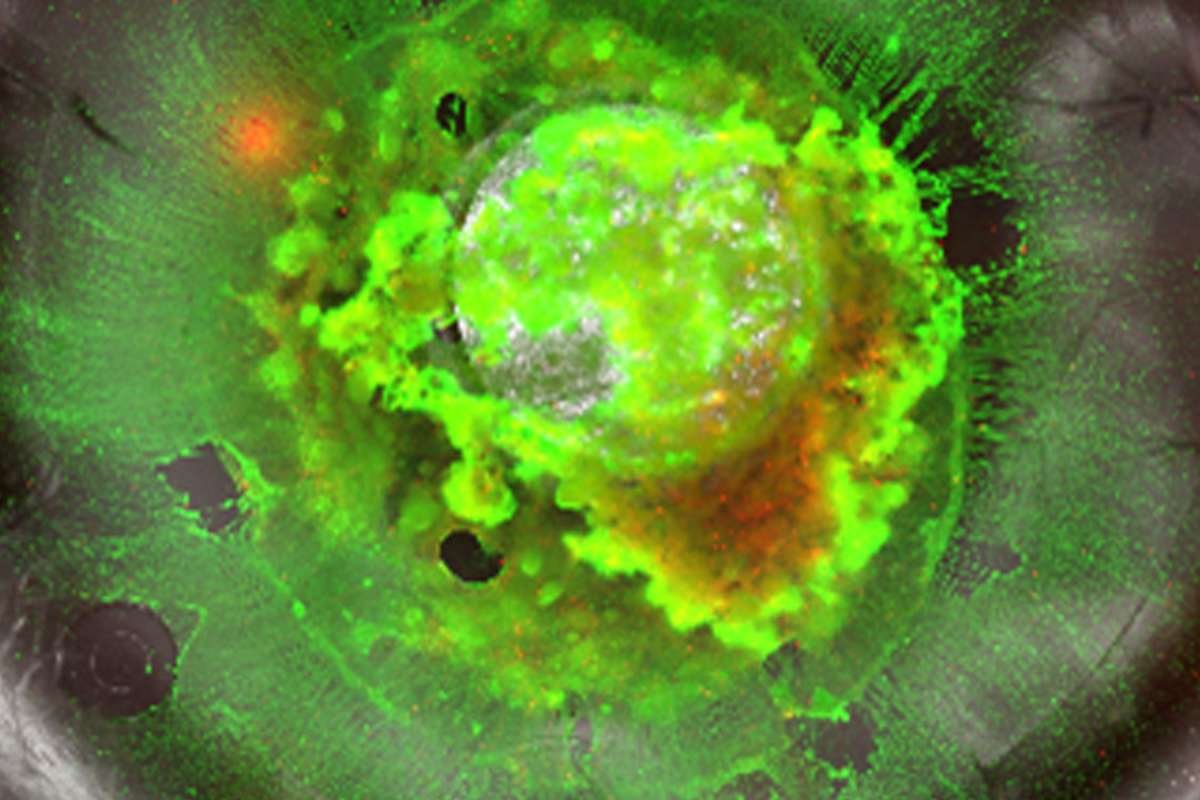Migraine headaches are a common neurological disorder that affects millions of people worldwide. They can be debilitating, with symptoms such as severe pain, sensitivity to light and sound, nausea, and vomiting. Migraines can be triggered by a range of factors, including stress, hormonal changes, certain foods, and environmental factors. Treatment for migraines aims to alleviate symptoms and prevent future attacks. In this article, we will discuss the top 7 treatments for migraine headaches.
Here are the Top 7 Treatments for Migraine Headaches;
1. Acute Medications
Acute medications are used to relieve the symptoms of a migraine attack. These treatments for migraine headaches work by targeting the various pathways involved in the development of a migraine, including the trigeminal nerve, blood vessels, and neurotransmitters. There are several types of acute medications available, including:
- Triptans: Triptans are a class of medications that work by constricting blood vessels and reducing inflammation in the brain. They are effective for treating moderate to severe migraines and are available in various forms, including tablets, nasal sprays, and injections.
- Nonsteroidal anti-inflammatory drugs (NSAIDs): NSAIDs are a group of medications that work by reducing inflammation and pain. They are effective for treating mild to moderate migraines and are available over the counter or by prescription.
- Antiemetics: Antiemetics are medications that are used to treat nausea and vomiting associated with migraines. They work by blocking certain neurotransmitters in the brain.
- Ergotamines: Ergotamines are a group of medications that work by constricting blood vessels and reducing inflammation in the brain. They are effective for treating migraines that last longer than 48 hours.
2. Preventive Medications
Preventive medications are used to reduce the frequency and severity of migraine attacks. These medications are generally used for people who experience migraines more than twice a month, and they work by regulating various chemicals in the brain.

There are several types of preventive medications available, including:
- Beta-blockers: Beta-blockers are medications that work by reducing blood pressure and slowing down the heart rate. They are effective for preventing migraines triggered by stress or exercise.
- Antidepressants: Antidepressants are medications that work by regulating serotonin levels in the brain. They are effective for preventing migraines triggered by hormonal changes.
- Anticonvulsants: Anticonvulsants are medications that are typically used to treat seizures but are also effective for preventing migraines. They work by regulating the levels of neurotransmitters in the brain.
- Calcium channel blockers: Calcium channel blockers are medications that work by relaxing blood vessels and reducing inflammation in the brain. They are effective for preventing migraines triggered by certain foods or environmental factors.
3. Botox Injections
Botox injections are a relatively new treatment option for migraines. Botox works by blocking the release of certain chemicals in the brain that are involved in the treatments for migraine headaches. It is typically used for people who experience migraines more than 15 days per month. Botox injections are given every 12 weeks and can be effective in reducing the frequency and severity of migraine attacks.
4. Occipital Nerve Stimulation

Occipital nerve stimulation is a procedure that involves implanting a small device in the back of the head. The device sends electrical impulses to the occipital nerves, which are responsible for transmitting pain signals from the head to the brain. By stimulating these nerves, the device can reduce the frequency and severity of migraine attacks. Occipital nerve stimulation is typically used for people who have not responded to other treatment options.
5. Transcranial Magnetic Stimulation
Transcranial magnetic stimulation (TMS) is a non-invasive procedure that involves using magnetic pulses to stimulate nerve cells in the brain. It is typically used as a preventive treatment for migraines and can be effective in reducing the frequency and severity of attacks. TMS is administered using a handheld device that is placed on the scalp, and the treatment usually takes about 20-30 minutes. The exact mechanism by which TMS works to prevent migraines is not fully understood, but it is thought to modulate the excitability of certain brain regions that are involved in the treatments for migraine headaches.
6. Cognitive Behavioral Therapy
Cognitive-behavioral therapy (CBT) is a type of therapy that focuses on changing negative thought patterns and behaviors. It is often used as a complementary treatment for migraines, as stress and anxiety can be major triggers for migraines. CBT can help individuals learn coping strategies for managing stress and anxiety, which can help reduce the frequency and severity of migraine attacks. CBT can be administered by a trained therapist or through online self-help programs.
7. Lifestyle Changes

Lifestyle changes can also play a significant role in the prevention and management of migraines. Some lifestyle changes that may be helpful include:
- Avoiding triggers: Keeping a migraine diary can help identify triggers that may be contributing to the development of migraines. Common triggers include certain foods, changes in sleep patterns, stress, and hormonal changes.
- Maintaining a healthy diet: Eating a balanced diet and staying hydrated can help prevent migraines triggered by changes in blood sugar or dehydration.
- Regular exercise: Regular exercise can help reduce stress and tension, which can be major triggers for migraines. However, individuals should be careful not to overexert themselves, as intense physical activity can also trigger migraines.
- Relaxation techniques: Techniques such as deep breathing, meditation, and yoga can help reduce stress and tension, which can be major triggers for migraines.
BOTTOM LINE
Migraine headaches are a common neurological disorder that can significantly impact an individual’s quality of life. Treatment for migraine headaches includes acute medications, preventive medications, Botox injections, occipital nerve stimulation, TMS, CBT, and lifestyle changes. The best treatment option will depend on the individual’s specific symptoms and triggers, and it may take some trial and error to find the most effective treatment. It is essential to work closely with a healthcare provider to develop a personalized treatment plan for managing migraines.
Read More: 9 Common Migraine Triggers











